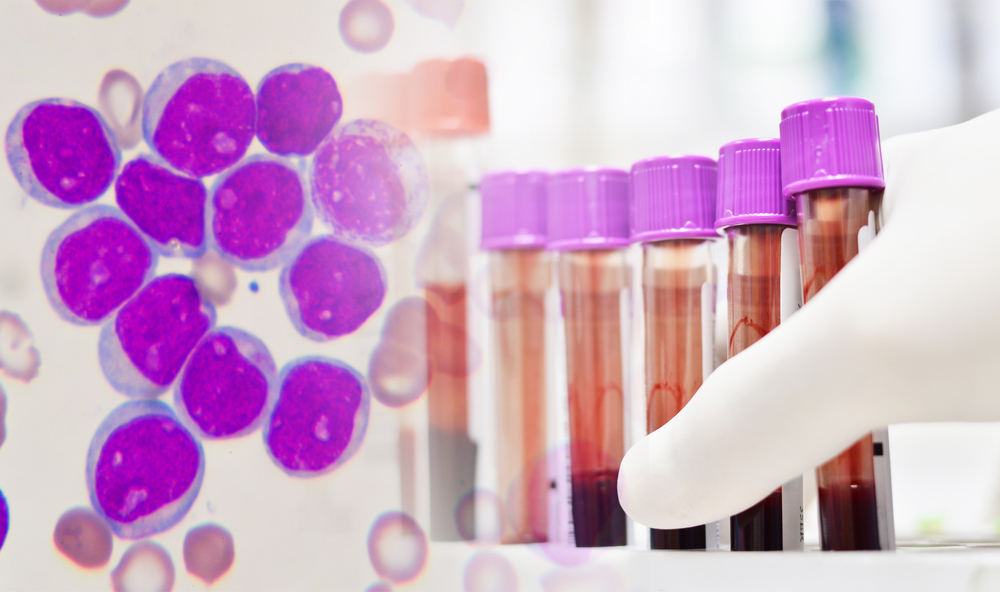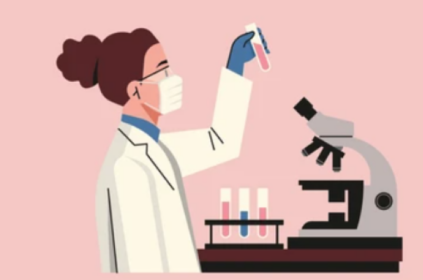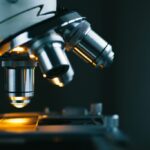Researchers have discovered one of the reasons for the relapse of myeloid leukemia even after patients’ malignant cells have been destroyed by chemotherapy. In addition, new research has identified repurposed drugs as being able to block that potential regrowth.
LSC that Remain Dormant
Since the leukemic stem cells that are found in the bone marrow of acute myeloid leukemia (AML) patients do not grow, they avoid being attacked by chemotherapy drugs. But once the treatment ends, the cells do grow, and AML cells are created. As yet, it had not been determined how that process began.
A recent article in MedicalXpress gives credit to researchers at the Princess Maxima Pediatric Oncology Center and the universities of Newcastle and Birmingham. The teams studied t(8;21) blood cancer cells to determine what kick-starts its growth. The study was also published in a recent issue of Nature Communications. Constanze Bonifer M.D., a professor at Birmingham University, headed the study. The professor and her associates were searching for the trigger that caused cell growth and a relapse of leukemia.
The team specifically studied and later identified two cell types in the bone marrow alongside AML cells. These genes convert instructions for growth regulators. By stimulating these regulators, LSC responds to the body’s growth factors and initiates their growth. Receptors are created by instructions from the DNA of a cell. When a cell is tuned to the message, the more receptors it has the better the cell responds to it.
The two growth regulators that were found during the study are:
KDR – a receptor for vascular endothelial growth factor (VEGF) signaling that is crucial to the growth of blood vessels; and
IL-5 – a receptor expressed on eosinophils, a specific type of white blood cell.
In addition, the team discovered and confirmed that VEGFA, which bind to KDR, can initiate cell growth after being activated.
The Growth Can Be Blocked
It is noteworthy also that growth can be blocked in mice by repurposing existing drugs against IL-5 and VEGF. Olaf Heidenreich M.D. is a professor at Newcastle University. The Professor commented that an important aspect of the study is that the receptors are specifically targeted to a specific mutation that reprograms the gene network and demonstrates the way cells react to the gene network and demonstrates how a cell reacts to external growth signals.
The study emphasizes the importance of analyzing single cells by defining the factors that regulates AML cell growth. In addition, the study suggests that AML sub-types may require treatment as separate entities. The study’s first author, Sophie Kellaway, M.D. is continuing the research at Nottingham University. Dr. Kallaway noted that it is encouraging to find the two new targets to potentially prevent relapse. The doctor noted, however, that the receptors are very specific to t(8;21) at this time.
On an encouraging note, Dr. Kallaway said that she is aware of other regulatory pathways that are also upregulated and is hoping to be equally successful in other areas of AML.
Dr. Rix said that although the study only shows the process behind one specific form of AML, it may encourage new treatments that can prevent other subtypes from returning and give patients new hope.
acute myeloid leukemia AML leukemia research
Last modified: January 22, 2025











